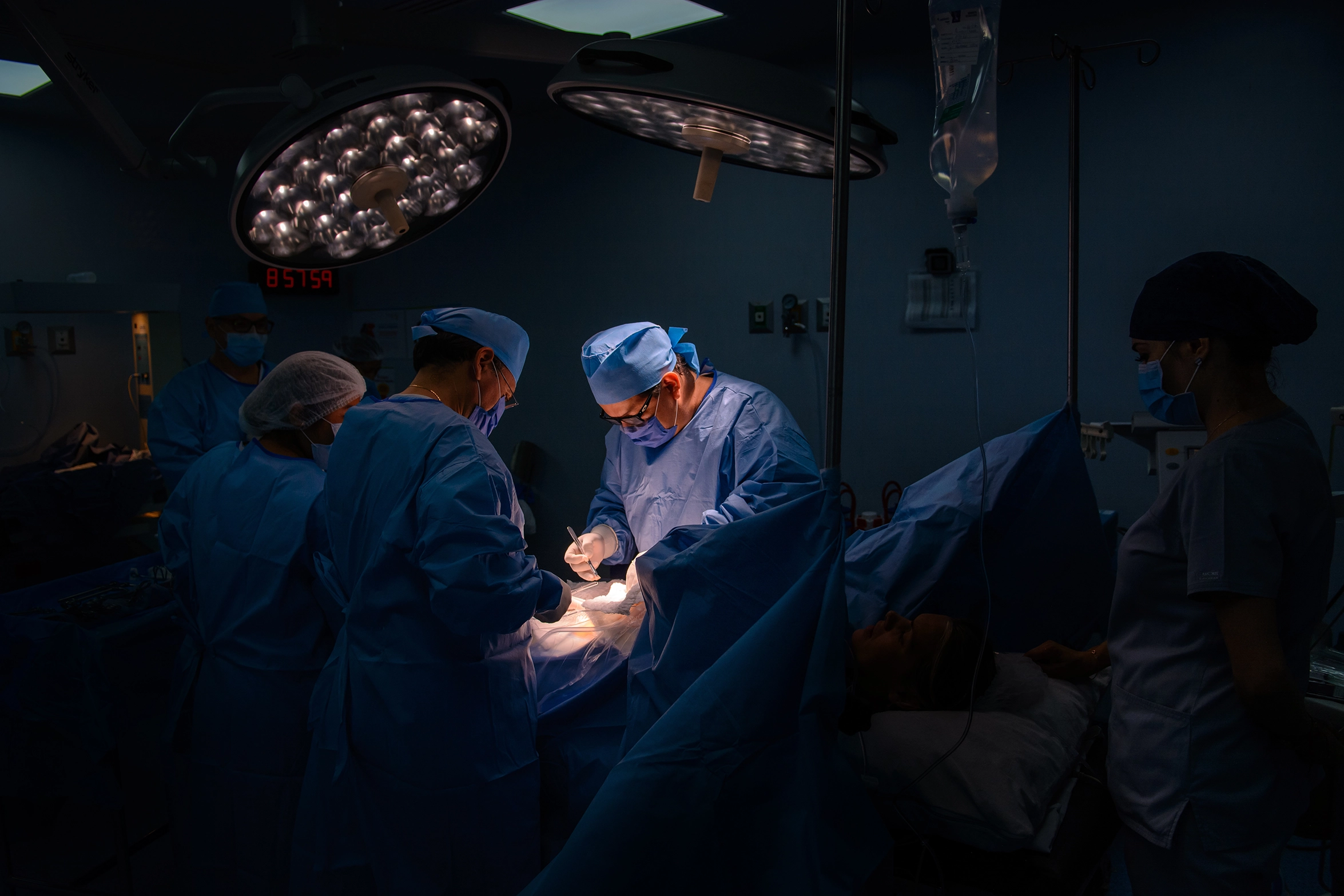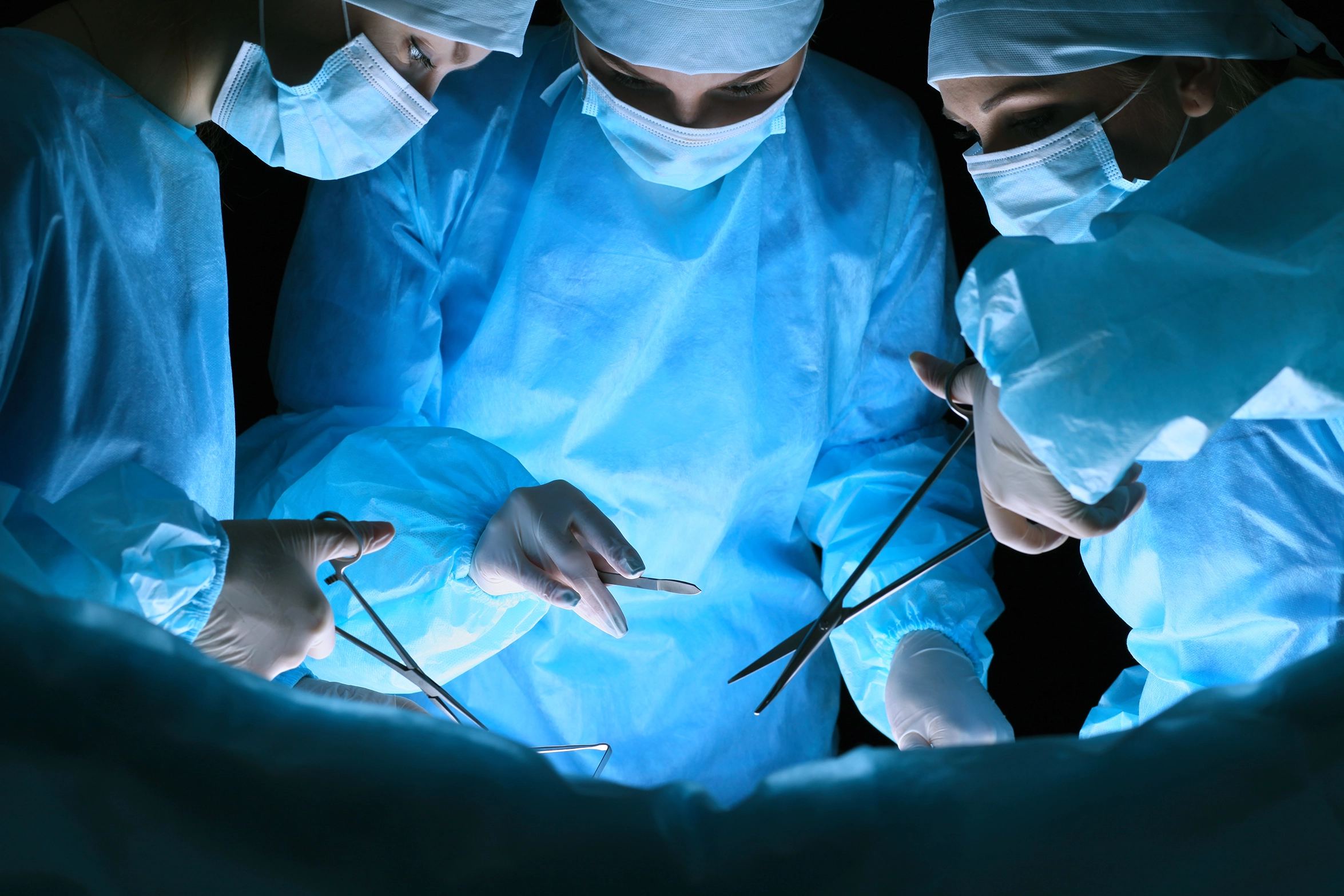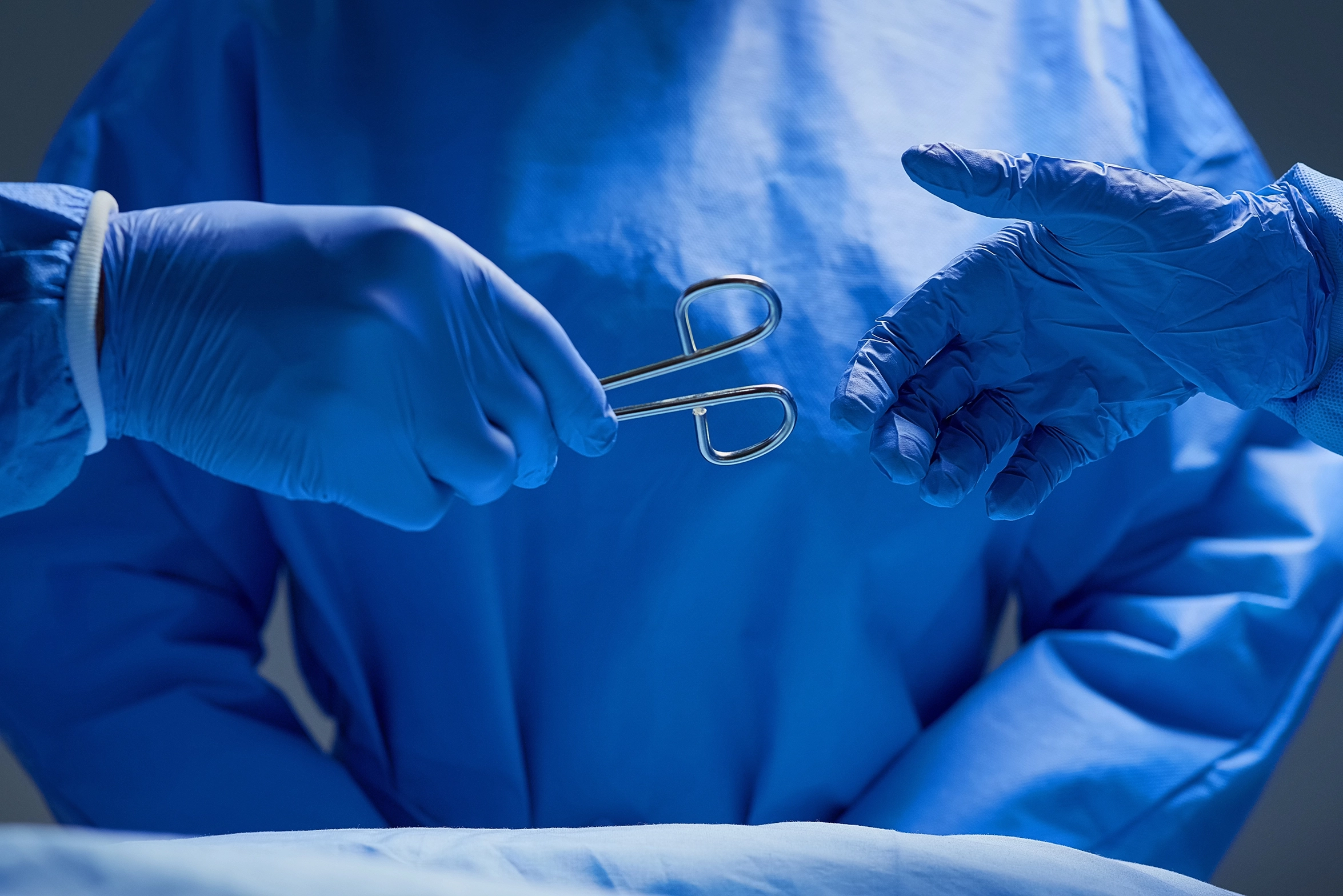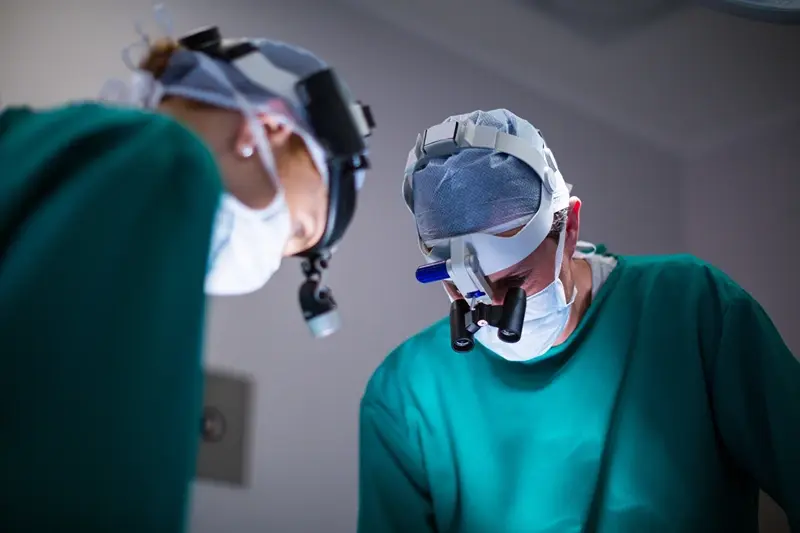VATS Spontanous Pneumothorax in Dubai at DRHC
VATS (Video-Assisted Thoracic Surgery) for spontaneous pneumothorax is a minimally invasive surgical procedure used to treat a collapsed lung that occurs spontaneously, often without any apparent cause. This condition, known as spontaneous pneumothorax, can cause sudden chest pain and shortness of breath. During a VATS procedure for spontaneous pneumothorax, the surgeon makes several small incisions in the chest and inserts a small camera and specialized instruments through the incisions. The camera allows the surgeon to visualize the lung and surrounding structures on a monitor, while the instruments are used to remove any air or fluid that has accumulated in the pleural space (the space between the lung and the chest wall) and to repair any blebs or bullae (small air-filled sacs) that may be causing the pneumothorax.
In Dubai, VATS for spontaneous pneumothorax is typically performed by highly skilled and experienced thoracic surgeons who specialize in the treatment of lung conditions. The surgeons at the Dubai Thoracic Surgery Clinic, located at the Dr. Rami Hamed Center, have extensive experience performing VATS for spontaneous pneumothorax and work closely with a multidisciplinary team of healthcare professionals to provide comprehensive care for patients undergoing this procedure.
Causes and Risk Factors:
VATS (Video-Assisted Thoracic Surgery) is a minimally invasive surgical procedure used to diagnose and treat various thoracic conditions, including spontaneous pneumothorax. Spontaneous pneumothorax is the sudden collapse of a lung without any apparent cause, and it can occur in people with or without underlying lung disease. Some common causes and risk factors of spontaneous pneumothorax include:
- Primary spontaneous pneumothorax: This occurs in people without any known lung disease or risk factors. It is more common in tall, thin individuals and is thought to be related to the development of small air-filled sacs (blebs or bullae) on the surface of the lungs.
- Secondary spontaneous pneumothorax: This occurs in people with underlying lung disease or risk factors. Some common risk factors include:
- Chronic obstructive pulmonary disease (COPD): A group of lung diseases, including emphysema and chronic bronchitis, that cause airflow obstruction and breathing difficulties.
- Asthma: A chronic inflammatory condition that affects the airways and causes episodes of wheezing, coughing, and shortness of breath.
- Cystic fibrosis: A genetic disorder that affects the lungs and other organs, causing thick, sticky mucus to build up and block the airways.
- Interstitial lung disease is a group of lung diseases that cause scarring (fibrosis) of the lung tissue, making breathing difficult.
- Lung cancer: A type of cancer that starts in the lungs and can cause a pneumothorax if it grows into the pleura (the thin membrane that covers the lungs and lines the chest cavity).
- Pulmonary hypertension: A condition that affects the blood vessels in the lungs, causing high blood pressure and making it difficult for the heart to pump blood to the lungs.
- Marfan syndrome: A genetic disorder that affects the connective tissue and can cause abnormalities in the structure of the lungs and chest wall.
- Ehlers-Danlos syndrome: A group of genetic disorders that affect the connective tissue and can cause abnormalities in the structure of the lungs and chest wall.
- Previous pneumothorax: People who have had a pneumothorax in the past are at increased risk of having another one in the future.
- Smoking: Smoking can damage the lungs and increase the risk of developing a pneumothorax.
It is important to note that while some risk factors for spontaneous pneumothorax cannot be controlled (such as genetics or previous pneumothorax), others can be modified or avoided (such as smoking). If you have any risk factors for spontaneous pneumothorax, discussing them with your healthcare provider to determine the best course of action for managing your risk is important.
Symptoms:
- Sudden onset of chest pain, often sharp or stabbing in nature, on one side of the chest.
- Shortness of breath, especially with exertion or activity.
- Rapid breathing (tachypnea).
- Rapid heart rate (tachycardia).
- Shallow breathing (hypopnea).
- Decreased breath sounds on the affected side of the chest.
- Bluish discoloration of the skin (cyanosis), especially around the lips and fingernails, is due to decreased oxygen levels in the blood.
- Anxiety or restlessness.
- Coughing, although this is less common in spontaneous pneumothorax compared to other types of pneumothorax.
- In severe cases, the affected lung may collapse completely, causing a life-threatening condition known as tension pneumothorax. This can lead to a sudden worsening of symptoms, including severe shortness of breath, chest pain, and shock.
Diagnosis:
The diagnosis of spontaneous pneumothorax is usually made based on a combination of clinical symptoms, physical examination findings, and imaging studies. The following are common steps in the diagnostic process for spontaneous pneumothorax:
- Medical history: The healthcare provider will ask about your symptoms, medical history, and any risk factors for spontaneous pneumothorax, such as lung disease or smoking
- Physical examination: The healthcare provider will perform a physical examination, including listening to your chest with a stethoscope to check for decreased breath sounds on the affected side of the chest, and tapping on your chest to check for a "tympanic" or "hyperresonant" sound, which can indicate the presence of air in the pleural space.
- Chest X-ray: A chest X-ray is usually the first imaging study performed to confirm the diagnosis of pneumothorax. It can show the presence of air in the pleural space and the extent of lung collapse.
- Computed tomography (CT) scan: A CT scan may be performed to provide more detailed images of the chest and to help determine the cause of the pneumothorax, such as the presence of blebs or bullae on the lung surface.
- Arterial blood gas (ABG) analysis: An ABG analysis may be performed to measure the levels of oxygen and carbon dioxide in the blood and to assess the severity of respiratory impairment.
- Ultrasound: Ultrasound may be used to assess the size of the pneumothorax and to guide the placement of a chest tube for drainage.
- Other tests: Additional tests may be performed to rule out other causes of chest pain and shortness of breath, such as a pulmonary embolism or heart attack.
Once the diagnosis of spontaneous pneumothorax is confirmed, the healthcare provider will determine the appropriate treatment based on the size of the pneumothorax, the severity of symptoms, and any underlying lung disease or risk factors. Treatment options may include observation, oxygen therapy, needle aspiration, or chest tube insertion. In some cases, surgery may be needed to repair the underlying cause of the pneumothorax, such as the presence of blebs or bullae on the lung surface.
Treatment Options:
- Observation: Small, asymptomatic pneumothoraces may not require immediate treatment and can be monitored closely for resolution.
- Oxygen therapy: Supplemental oxygen can help reabsorb the trapped air in the pleural space and reduce symptoms.
- Needle aspiration: A needle is inserted into the chest to remove the trapped air and relieve symptoms.
- Chest tube insertion: A chest tube is inserted into the pleural space to drain the trapped air and re-expand the lung.
- Surgery: VATS (Video-Assisted Thoracic Surgery) may be performed to repair the underlying cause of the pneumothorax, such as the presence of blebs or bullae on the lung surface.
Treatment choice depends on the size of the pneumothorax, the severity of symptoms, and any underlying lung disease or risk factors. It is important to seek medical attention if you experience symptoms of spontaneous pneumothorax, as untreated pneumothorax can lead to serious complications.
When to Seek Medical Advice
- Sudden onset of chest pain, especially if it is sharp or stabbing in nature.
- Shortness of breath, especially with exertion or activity.
- Rapid breathing (tachypnea).
- Rapid heart rate (tachycardia).
- Bluish discoloration of the skin (cyanosis), especially around the lips and fingernails.
- Anxiety or restlessness.
- Coughing, although this is less common in spontaneous pneumothorax compared to other types of pneumothorax.
- In severe cases, the affected lung may collapse completely, causing a life-threatening condition known as tension pneumothorax. This can lead to a sudden worsening of symptoms, including severe shortness of breath, chest pain, and shock.
If you experience any of these symptoms, especially if they are sudden or severe, it is important to seek medical attention immediately. Untreated pneumothorax can lead to serious complications, including respiratory failure and death.
It is important to note that not all people with spontaneous pneumothorax will experience all of these symptoms, and the severity of symptoms can vary depending on the size and location of the pneumothorax. If you experience any of these symptoms, especially sudden or severe ones, it is important to seek medical attention immediately.



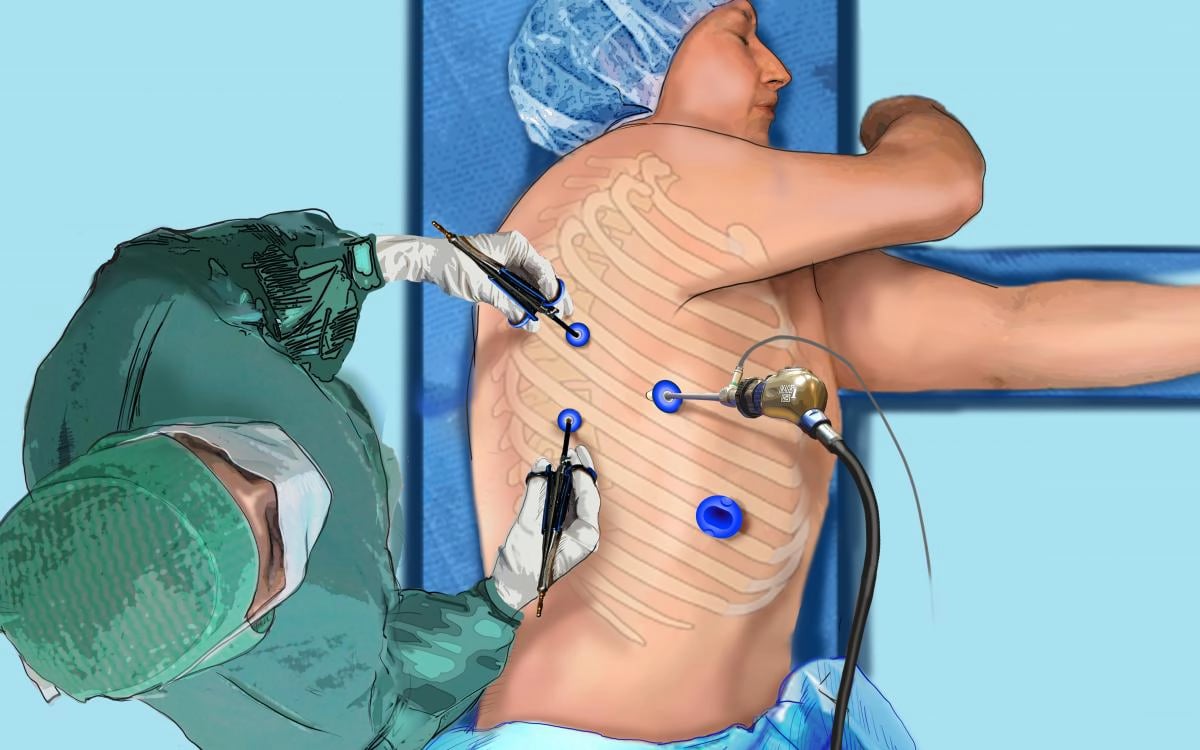
.png?width=281&height=59&name=bookanappointment%20(1).png)
